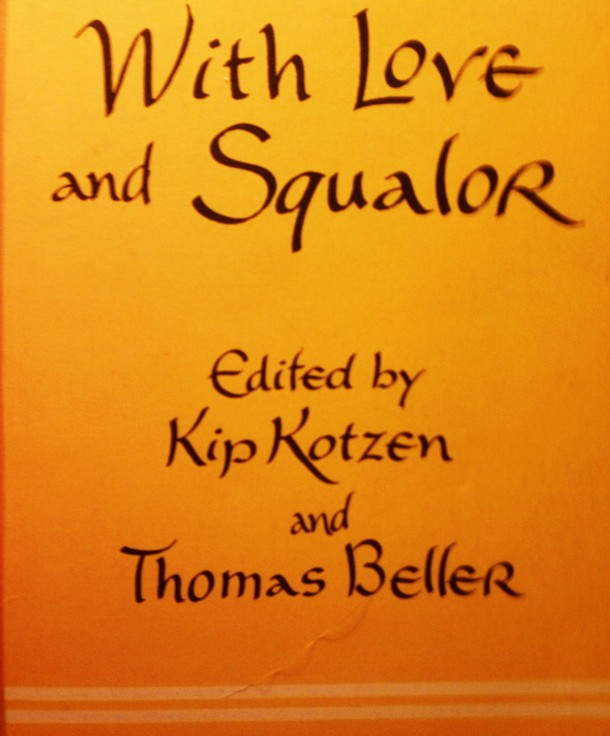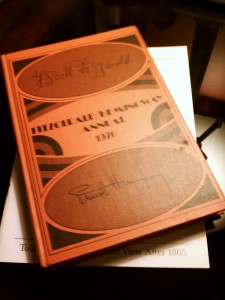MLA Citation:
Blotner, Joseph L. “Salinger Now: An Appraisal.” Wisconsin Studies in Contemporary Literature 4.1 (Winter 1963): 100-08. Print.
First Paragraph:
“As I began to write this essay I had come to it fresh from reading three items that seemed to me suggestive in different ways. The first was a report that William Golding’s Lord of the Flies had overtaken and passed J. D. Salinger’s The Catcher in the Rye as the most-read novel among young college readers. Also, I had just gone through a book entitled Salinger: A Critical and Personal Portrait, which contained nearly three hundred pages about the author contributed by twenty-five writers. Finally, I had seen a report that Salinger had given permission for the publication in book form of two more previously-published Glass stories, to be called Raise High the Roof Beam, Carpenters and Seymour: An Introduction.2 These items suggested to me comments which I wanted to make about matters of change and stasis – to use a currently fashionable word – in the public and the criticism, and the work, respectively, of J. D. Salinger. In brief, it appears that he is now past the peak of the popularity he enjoyed in the late 1950’s. Further, Salinger criticism has now resolved itself into a dialogue in which the Anti’s, scarcely heard at first, now have substantial and vocal representation, a colloquy which has its own set of cliches and war-horse citations of evidence. The recent published and republished work itself is part of an extended phase of preoccupation with spiritual crises which has concerned the author for nearly ten years now, a phase in which the only change discernable has been an even more intense interest in the spiritual coupled with increasing experiment characterized most strikingly by prolixity of style. To indicate a further direction, all of this makes a Salinger adherent wish for certain things, almost for a moratorium now on Salinger criticism as well as for evidence that this gifted writer has assimilated the influences which have both informed and swamped his later work, evidence that he is ready to break through from a minor phase to a major one, as he once did earlier in his career.” (100)
Summary:
Written in 1963, Blotner’s article suggests the high point of Salinger’s popularity has passed, but leaves open the possibility (the hope?) that Salinger may still renew or even surpass his previous success. He writes:
…all of this makes a Salinger adherent wish for certain things, almost for a moratorium now on Salinger criticism as well as for evidence that this gifted writer has assimilated the influences which have both informed and swamped his later work, evidence that he is ready to break through from a minor phase to a major one, as he once did earlier in his career. (101)
He further notes that the “antis” (those who are more critical of Salinger’s work) have gained standing and that early critics who praised Salinger, while still in the majority have been increasingly silent. Therefore, Blotner is less optimistic about the state of Salinger criticism, stating:
one wonders how long, even with Catcher and the non-religious stories in the Salinger corpus considered too, such a relatively slim body of work can support such extensive analysis. (102)
Blotner begins the essay noting that William Golding’s The Lord of the Flies has overtaken The Catcher in the Rye as the most read novel among young college readers. He revisits this issue later in the essay as he discusses Salinger’s move away from dealing with the squalid world to dealing more exclusively with love.
Continue reading “Salinger Now: An Appraisal”


